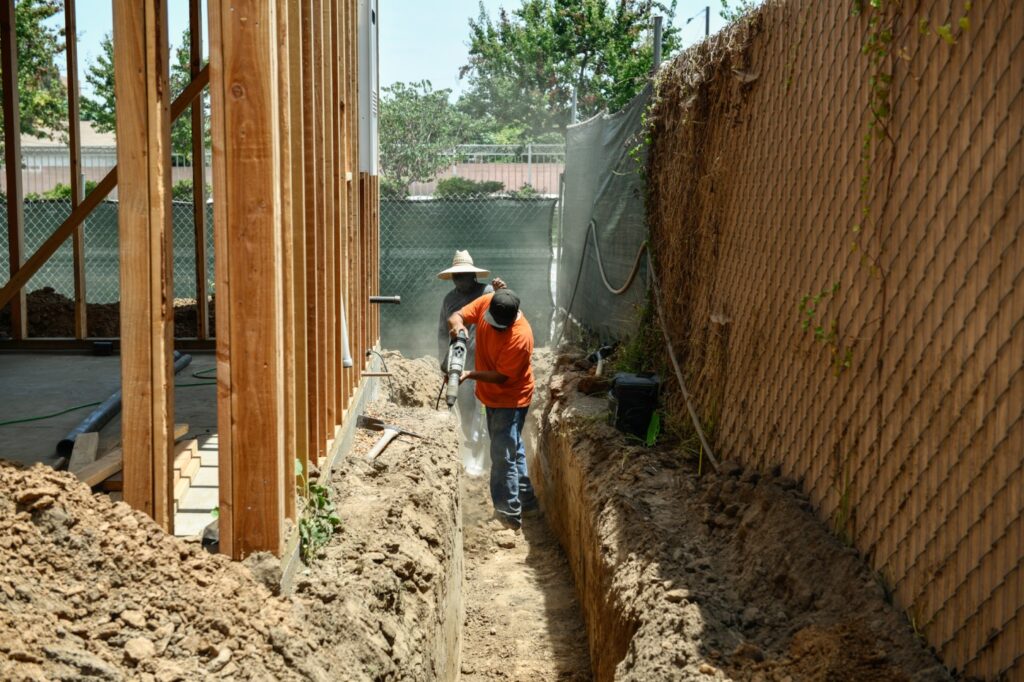
There is nothing Californians lament more about paying the price to live in our magnificent state than the cost of housing.
To put it bluntly, the rent, as well as the price of a mortgage on a home, is too damn high.
And for those who imagine that this is a case of the haves vs. the have-nots, even that nostrum is incorrect. Millions of Californians who are, yes, lucky enough to own homes purchased in a cheaper era are essentially locked into those houses and condos because it would be hard to afford to move — at least within-state — if they were to sell.
That suddenly $1.5 million cottage in a nice neighborhood that they bought for, say, $275,000 was indeed a good deal, all things considered. But many could not afford their homes now, or perhaps even qualify for a mortgage. And if they were to consider that new mortgage, with rates soaring to around 7% from below 3% just a couple of years ago, they’d be paying a lot more for the privilege of ownership.
And rents? Don’t get us started. The average rent in Los Angeles County is $2,742 monthly. No wonder young people just starting out in the job and housing markets are getting goo-goo eyed about otherwise dull places such as Dallas, where the average for a one-bedroom is $1,405.
This editorial page has long advocated for the simplest — though massive in its implications — solution to the problem. Simply, the issue is one of supply and demand. There are too few apartments, condos and houses in California for the too many who want to live in them. We need to build far more housing for generations, and we need to start now.
Development regulations and fees at the city, the county and statewide levels, along with the NIMBYism of neighbors who are already ensconced and don’t like change, have robbed millions of their ability to have affordable housing close to where they work, go to school and play.
Sometimes, again chanting that mantra seems a lost cause. After all, the prime factor driving demand is a place being an attractive place to live with lots of amenities — culture, dining, entertainment, beauty. There’s a reason Manhattan — or Dana Point — sees a lot of demand to live there. Where’s the example of a world-class city being cheap?
Well, it turns out that one of the great cities of the world, filled with culture and beauty, has indeed solved the problem: Tokyo.
Compared to New York, London, Paris and California, The New York Times reported last week, “Tokyo is different. In the past half century, by investing in transit and allowing development, the city has added more housing units than the total number of units in New York City. It has remained affordable by becoming the world’s largest city. It has become the world’s largest city by remaining affordable.”
Benyamin Applebaum reports from Japan: “Two full-time workers earning Tokyo’s minimum wage can comfortably afford the average rent for a two-bedroom apartment in six of the city’s 23 wards. By contrast, two people working minimum-wage jobs cannot afford the average rent for a two-bedroom apartment in any of the 23 counties in the New York metropolitan area.”
Or here.
Here’s how we follow the Tokyo template: Enact a statewide law that sharply curtails the ability of local jurisdictions — or neighbors — to impede development.
Allow small apartment buildings to be built essentially everywhere.
Eliminate zoning that mandates commercial use only. Conversely, allow small businesses, stores and workshops to be built in traditionally residential areas.
In Tokyo, there is almost no public or subsidized housing — yet there is also almost no homelessness. Instead of taxpayer-supported housing, the government focuses on allowing developers to build.
That’s why in Tokyo, a young couple just starting out in the world can rent a two-bedroom apartment for $1,000 a month.
Because it is a great city, other things are more expensive there. But at least residents can afford a place to come home to. So should Californians be able to.
